An organic compound A(C4H8N2) on hydrolysis in acidic medium gives another compound B(C4H9O2N). B forms zwitter ion and gives off CO2 with NaHCO3. B on heating gives compound C(CH4H7ON).LiAlH4 in ether reduces C to pyrolidine. Identify compounds A,B,C.
To identify the compounds A, B, and C based on the information provided, we can follow these steps:
Step 1: Determine the structure of compound A (C₄H₈N₂)
1. Calculate the double bond equivalent (DBE):
- Formula: DBE = (C - H + N/2 + 1)
- For A: C = 4, H = 8, N = 2
- DBE = (4 - 8 + 2/2 + 1) = (4 - 8 + 1 + 1) = -2 + 2 = 2
- Hint: A DBE of 2 indicates the presence of either two double bonds or one ring structure.
2. Analyze the hydrolysis:
- Compound A on hydrolysis gives compound B (C₄H₉O₂N).
- The hydrolysis suggests that one nitrogen atom is replaced with an -OH group.
3. Propose a structure for A:
- Given the formula C₄H₈N₂, a plausible structure is a nitrile (C≡N) group.
- Structure: NH₂-CH₂-CH₂-C≡N (Amino butyronitrile).
Step 2: Determine the structure of compound B (C₄H₉O₂N)
1. Analyze the properties of B:
- B forms a zwitterion and releases CO₂ with NaHCO₃, indicating the presence of a carboxylic acid group (-COOH).
- The formula C₄H₉O₂N suggests it is an amino acid.
2. Propose a structure for B:
- The structure would be NH₂-CH₂-CH₂-COOH (Amino butanoic acid).
- This structure has both an amino group and a carboxylic acid group, confirming it can exist as a zwitterion.
Step 3: Determine the structure of compound C (C₄H₇ON)
1. Analyze the heating of B:
- Heating B leads to compound C, which has a formula C₄H₇ON.
- The heating process likely involves dehydration, removing water (H₂O).
2. Propose a structure for C:
- The dehydration of B (amino butanoic acid) would yield a cyclic structure, specifically a cyclic amine.
- Structure: NH-CH₂-CH₂-CH=O (Pyrrolidine).
Summary of Compounds
- Compound A: NH₂-CH₂-CH₂-C≡N (Amino butyronitrile)
- Compound B: NH₂-CH₂-CH₂-COOH (Amino butanoic acid)
- Compound C: NH-CH₂-CH₂-CH=O (Pyrrolidine)
1. Calculate the double bond equivalent (DBE):
- Formula: DBE = (C - H + N/2 + 1)
- For A: C = 4, H = 8, N = 2
- DBE = (4 - 8 + 2/2 + 1) = (4 - 8 + 1 + 1) = -2 + 2 = 2
- Hint: A DBE of 2 indicates the presence of either two double bonds or one ring structure.
- Compound A on hydrolysis gives compound B (C₄H₉O₂N).
- The hydrolysis suggests that one nitrogen atom is replaced with an -OH group.
- Given the formula C₄H₈N₂, a plausible structure is a nitrile (C≡N) group.
- Structure: NH₂-CH₂-CH₂-C≡N (Amino butyronitrile).
1. Analyze the properties of B:
- B forms a zwitterion and releases CO₂ with NaHCO₃, indicating the presence of a carboxylic acid group (-COOH).
- The formula C₄H₉O₂N suggests it is an amino acid.
- The structure would be NH₂-CH₂-CH₂-COOH (Amino butanoic acid).
- This structure has both an amino group and a carboxylic acid group, confirming it can exist as a zwitterion.
1. Analyze the heating of B:
- Heating B leads to compound C, which has a formula C₄H₇ON.
- The heating process likely involves dehydration, removing water (H₂O).
- The dehydration of B (amino butanoic acid) would yield a cyclic structure, specifically a cyclic amine.
- Structure: NH-CH₂-CH₂-CH=O (Pyrrolidine).
- Compound A: NH₂-CH₂-CH₂-C≡N (Amino butyronitrile)
- Compound B: NH₂-CH₂-CH₂-COOH (Amino butanoic acid)
- Compound C: NH-CH₂-CH₂-CH=O (Pyrrolidine)
Similar Questions
An organic compound (A) , C4H8Cl2 on hydrolysis forms another compound (B) , C4H8O.
If the compound (B) responds positively to iodo form test , then identify (A) and (B).View SolutionAn organic compound (A) , C4H8Cl2 on hydrolysis forms another compound (B) , C4H8O.
If (B) does not responds to iodo form test , then identify possible structures of (A) and (B).View Solution
Knowledge Check
- Question 1 - Select One
Compound C4H8CI2(A) on hydrolysis gives a compound C4H8O(B) which reacts with hydroxylamine and does not give any test with Tollens reagent . What are (A) and (B) ?
A1,1-Dichlorobutane and butanalB2,2-Dichlorobutane and butanalC1,1-Dichlorobutane and butan-2-oneD2,2-Dichlorobutane and butan-2-one - Question 2 - Select One
An organic compound C4H6 on ozonolysis give HCHO,CO2,CH3CHO. Compound will be:
AH2C=CH−CH=CH2BCH3−CH=C=CH2CCH3−C≡C−CH3D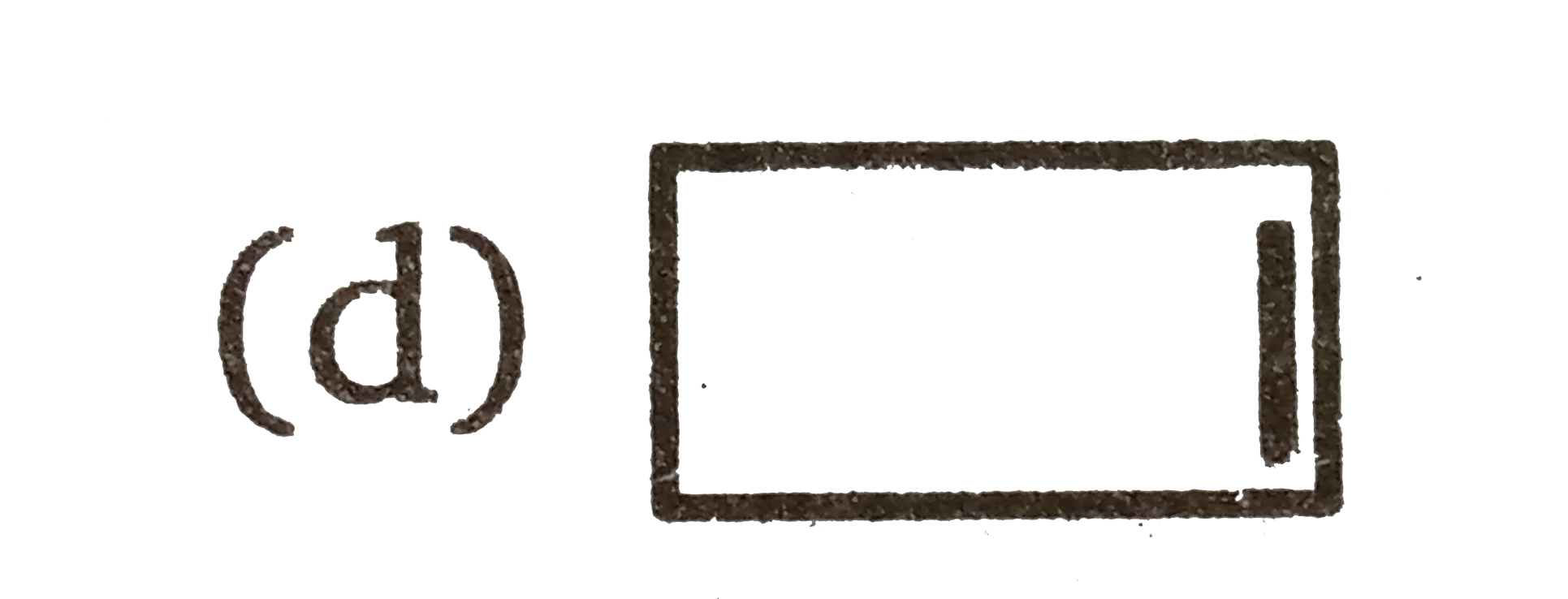
- Question 3 - Select One
An organic compound with 68.9 % of C and 4.92 % of H, is aromatic and gives CO2 with NaHCO3. The organic compound is
A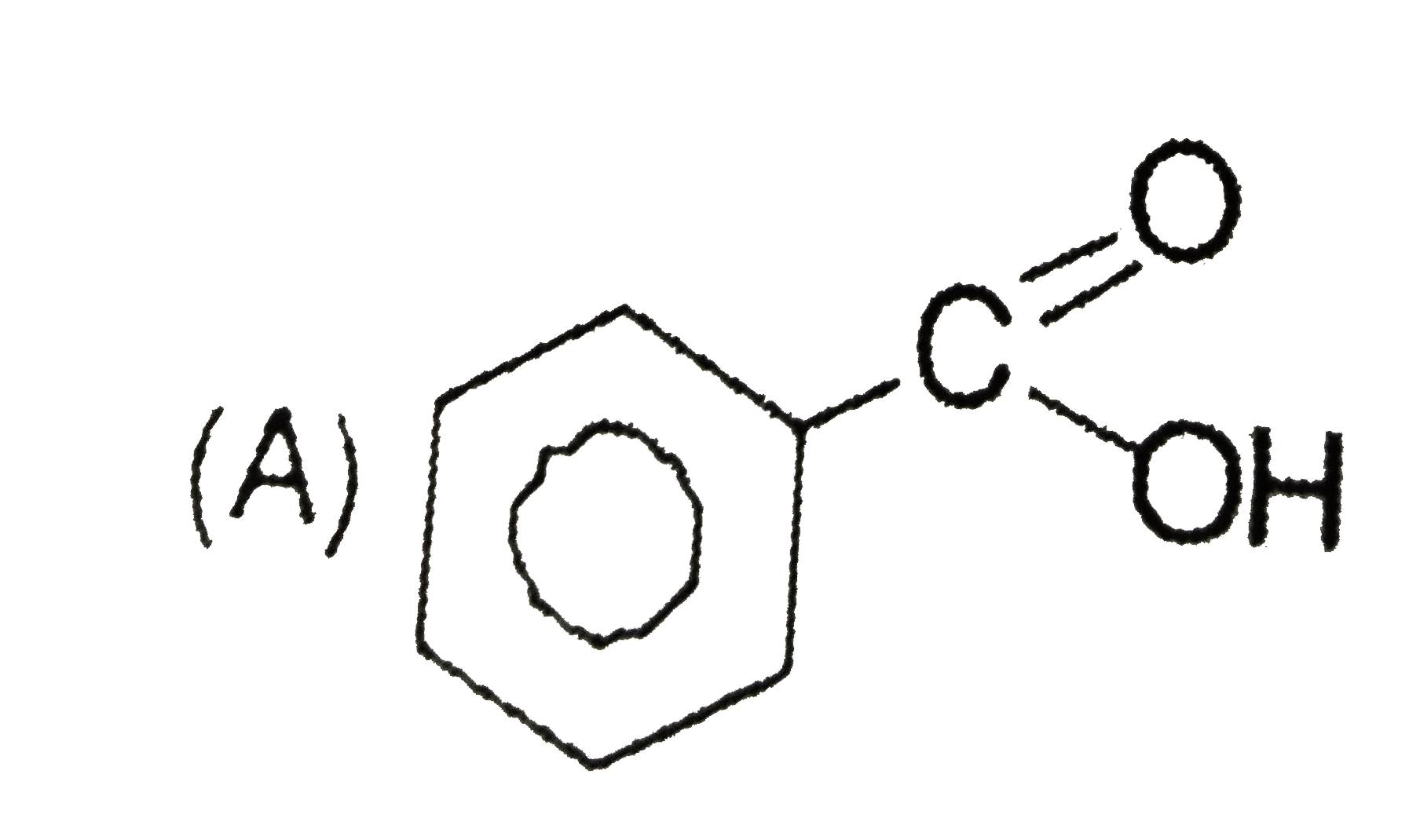 B
B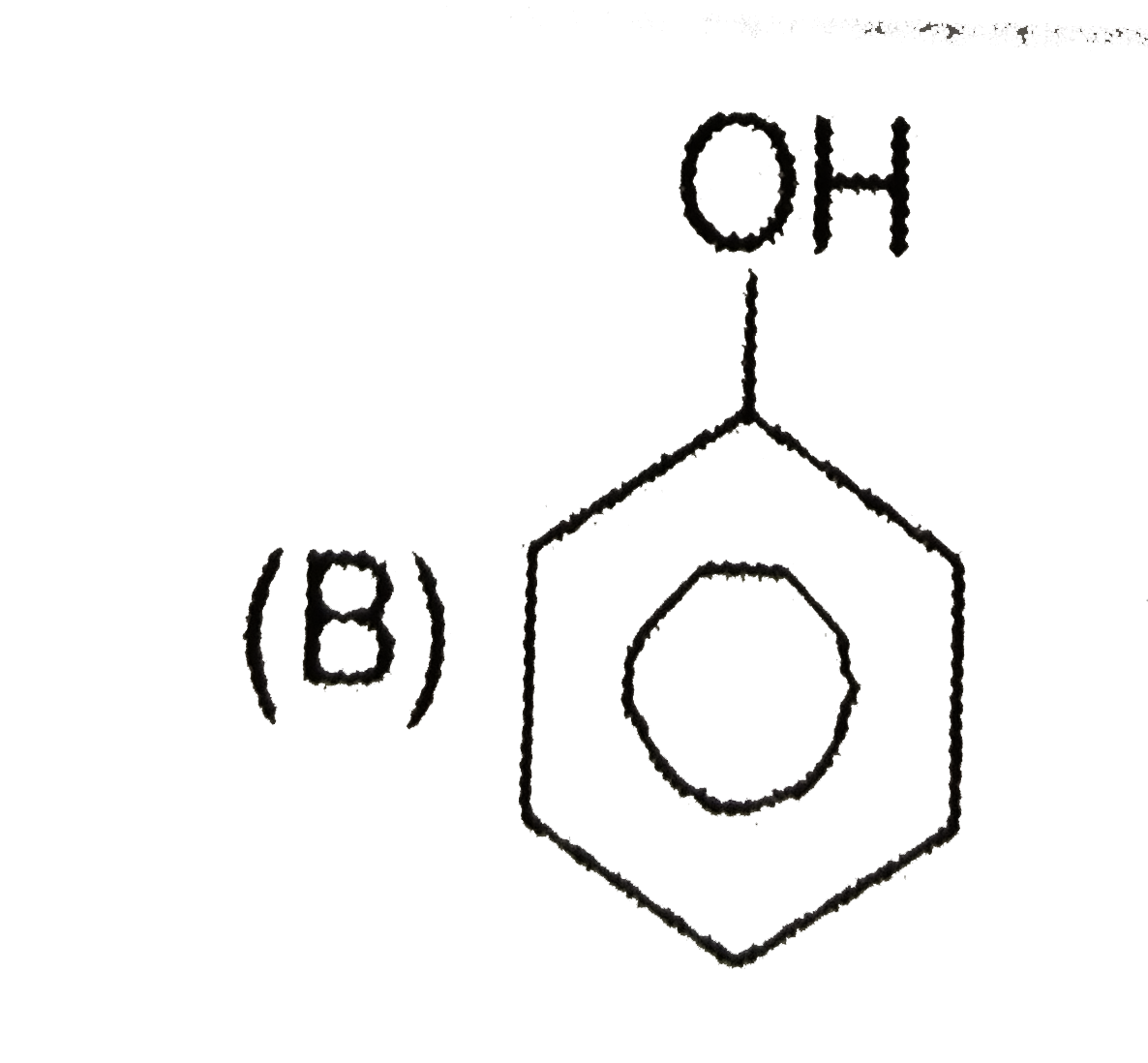 C
C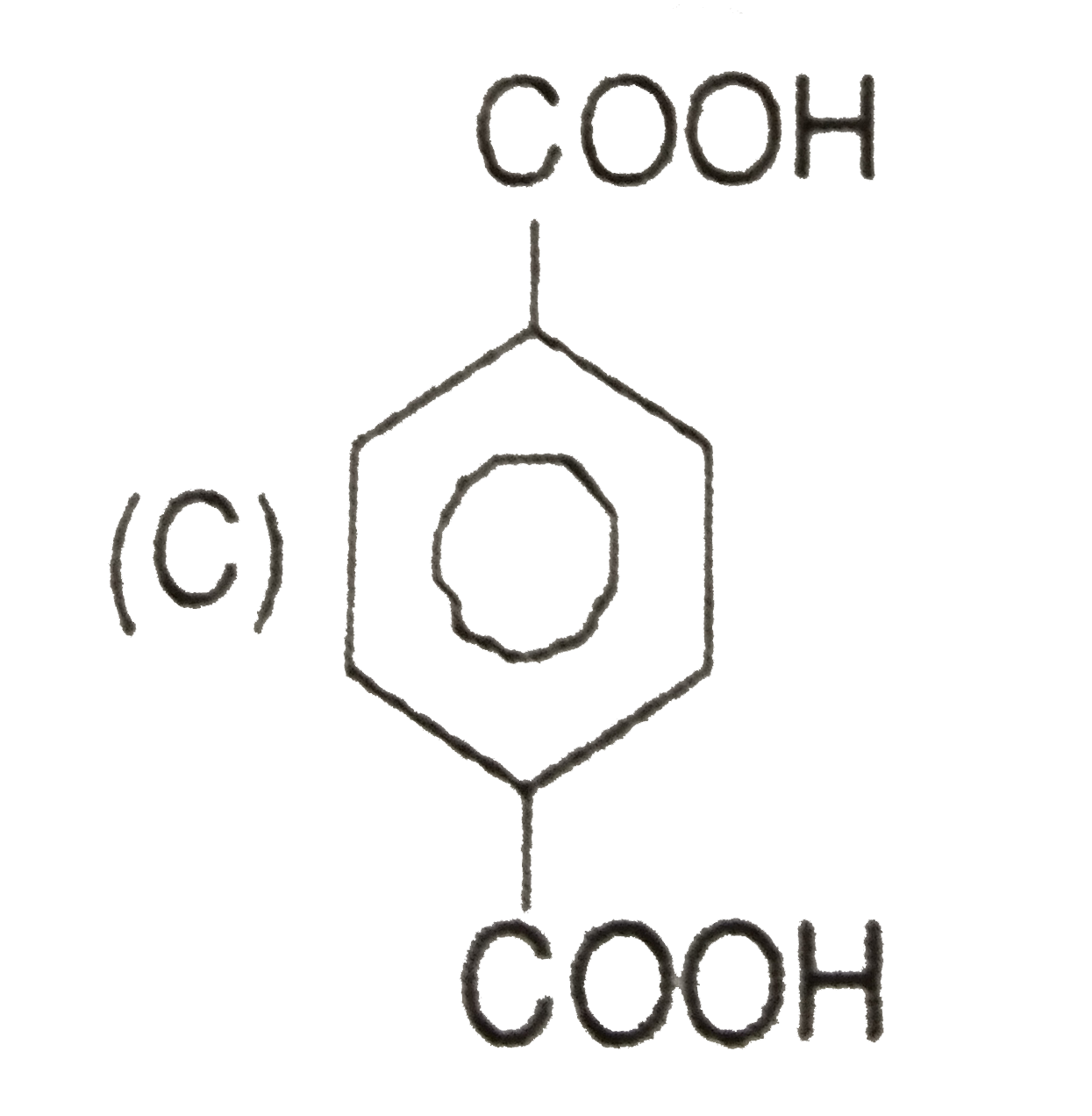 D
D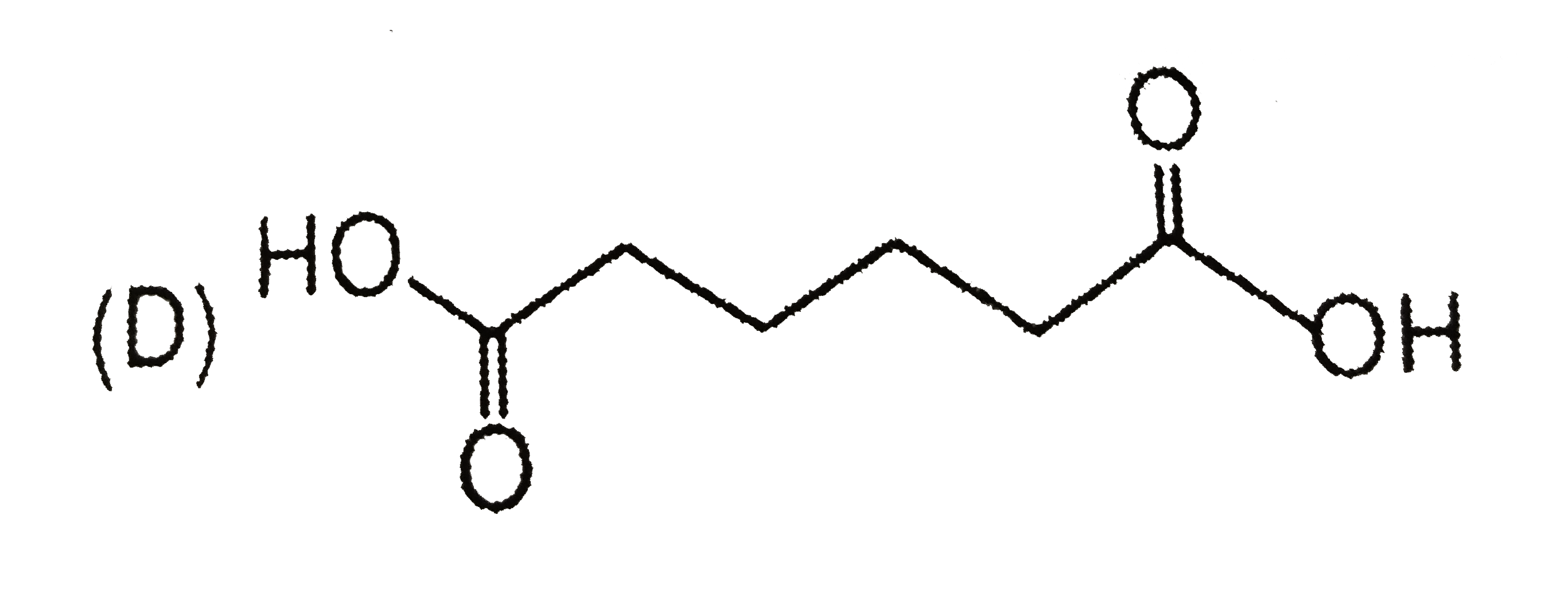
An organic compound A (C7H6Cl2) on treatment with NaOH solution gives another compound B (C7H6O). B on oxidation gives and acid C (C7H6O2) which on treatment with a mixture of conc. HNO3 and H2SO4 gives a compound D (C7H5NO4). B on treatment with conc. NaOH gives a compound E (C7H8O) and C6H5COONa. Deduce the structures of [A], [B], [C], [D] and [E].
View SolutionAn organic compound A (C4H10O) reacts with HI giving a compound B (C4H9I) which on reduction gives n-butane. Oxidation of compound A gives C (C4H8O) and then an acid D (C4H8O2) . Deduce the structure of A,B,C and D.
View SolutionAn organic compound (A) (C8H14O) forms an oxime and gives a positive haloform reaction. On ozonolysis, it gives acetone and a compound (B) (C5H8O2) . (B) forms a dioxime and on subjecting to oxidation reaction gives an acid (C ) (C4H6O4). On treatment with excess of ammonia and strong heating, (C ) gives a neutral compound (D) (C4H5O2N). (D) on distillation with zinc dust forms pyrrloe. Suggest the possible structures of (A), (B), (C ), and (D). Explain the chemical reactions involved.
View SolutionAn optically active compound 'X' having molecular formula C4H8O3 . It evolves CO2 with NaHCO3 . 'X' on reaction with LiAlH4 gives achiral compound. 'X' is:
View SolutionAn compound (A ) C4H8Cl2 on alkaline hydrolysis to give compound (B ) C4H8O which gives an oxime and positive Tollen's reagent test . What is the structure of (A) ?
View Solution

